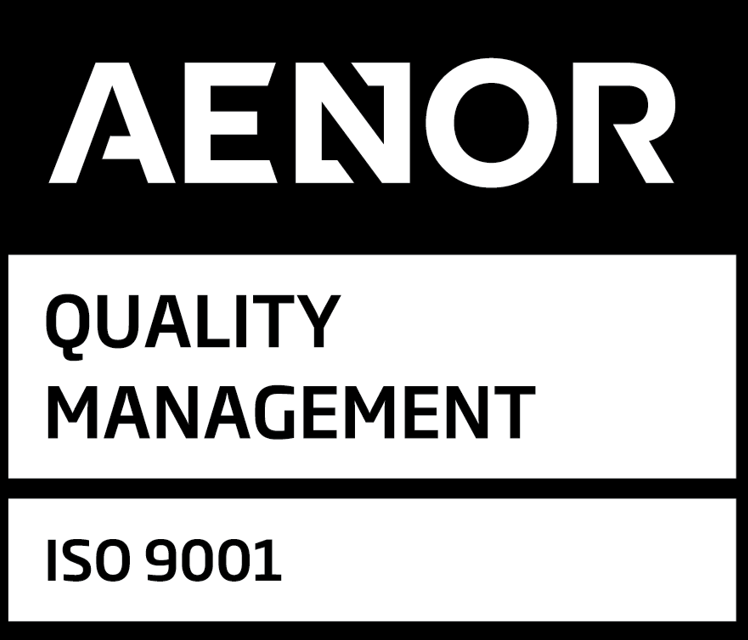WHO publishes specifications for monkeypox tests
The World Health Organization (WHO) has recently unveiled two pivotal Target Product Profiles (TPPs) for monkeypox diagnostic test specifications. As the diagnostic landscape evolves, it becomes imperative for diagnostic manufacturers to align with these international benchmarks. MDx CRO stands at the forefront as a strategic CRO and regulatory consulting partner to navigate these benchmarks with precision and compliance.
Deciphering WHO’s TPPs
The intended patient population in both TPPs are individuals suspected of monkeypox infection, including children and adults, TPP1 is tailored for NAAT (nucleic acid amplification tests) qualitative diagnostic test applications within healthcare settings and laboratories. TPP1 is directed towards laboratories or point of care facilities, such as a outpatient or STI clinics, emergency units or other settings near patient care. It mandates a test that boasts high diagnostic sensitivity (≥95%), specificity (≥97%) when compared to a reference molecular method.
- Sample type: lesion material or mucosal swabs (excluding saliva).
- The test’s intended user is typically laboratory personnel or a trained healthcare professional (when used near-patient).
- Closed molecular systems and tests that do not require extraction prior to amplification/detection are preferred.
- Test design: 2 independent target regions with at least one target that is monkeypox specific. The IFU should specify the assay’s target region.
- Results should be obtained in under 4 hours and preferable under 1 hour.
In contrast, TPP2 should be used for tests that aid the diagnosis of orthopoxvirus antigens, such as qualitative lateral flow immunoassays tailored for decentralized used, including in the community, rural environments and low-resource settings. Results should be interpreted visually and/or through digital readout via smartphone. Tests should demonstrate adequate diagnostic sensitivity (≥80%), specificity (≥97%) for community based settings when compared to a reference molecular method.
- Sample type: lesion material, mucosal swabs or saliva. When present, lesions are the preferred sample type.
- The test should be designed for use by non-lab trained intended users.
- The target analyte is the monkeypox virus antigen/protein. Tests targeting antibody detection are not acceptable.
- Results should be obtained quickly in under 40 minutes and preferable under 20 minutes, a crucial feature for time-sensitive environments such as outbreak regions or remote settings
The creation of WHO monkeypox diagnostic test specifications was underpinned by a comprehensive process, involving myriad experts from fields such as science, public health, and regulation. A crucial step involved a public consultation phase, ensuring the TPPs were refined with broad feedback before finalization. This initiative by WHO is a hallmark in the trajectory of creating robust diagnostic tools for monkeypox and related orthopoxviruses.
Partnering with MDx CRO for your monkeypox test development
MDx CRO is unwavering in its commitment to support the development and clinical trials that meet monkeypox diagnostic test specifications. Our services, fortified by vast expertise, encompass areas such as meticulous IVD clinical performance study design, efficient sample collection and analysis, and stringent regulatory compliance across multiple jurisdictions, with an emphasis on CE marking under the IVDR.
While the TPPs provide an essential blueprint, the diagnostic journey also demands attention to several critical facets:
- Study Populations: Defining the optimal study population is paramount. Such a population should encompass individuals potentially benefiting from the test, including those suspected of monkeypox or those at elevated risk of exposure.
- Reference Standards: Leveraging appropriate reference standards ensures validation of the test’s accuracy and reliability, forming the backbone of its developmental and evaluative processes. Samples should cover a range of clinically relevant viral loads as per the reference method used.
- IVD Clinical Study Design of monkeypox tests should include prospective or leftover specimens, covering a clinically relevant viral load. MDx CRO can help design and execute clinical performance studies in alignment with the WHO TPP and IVDR CE mark expectations.
With the scientific acumen and regulatory insights of MDx CRO, diagnostic manufacturers can confidently navigate the intricacies of the WHO’s TPPs and other global benchmarks.







